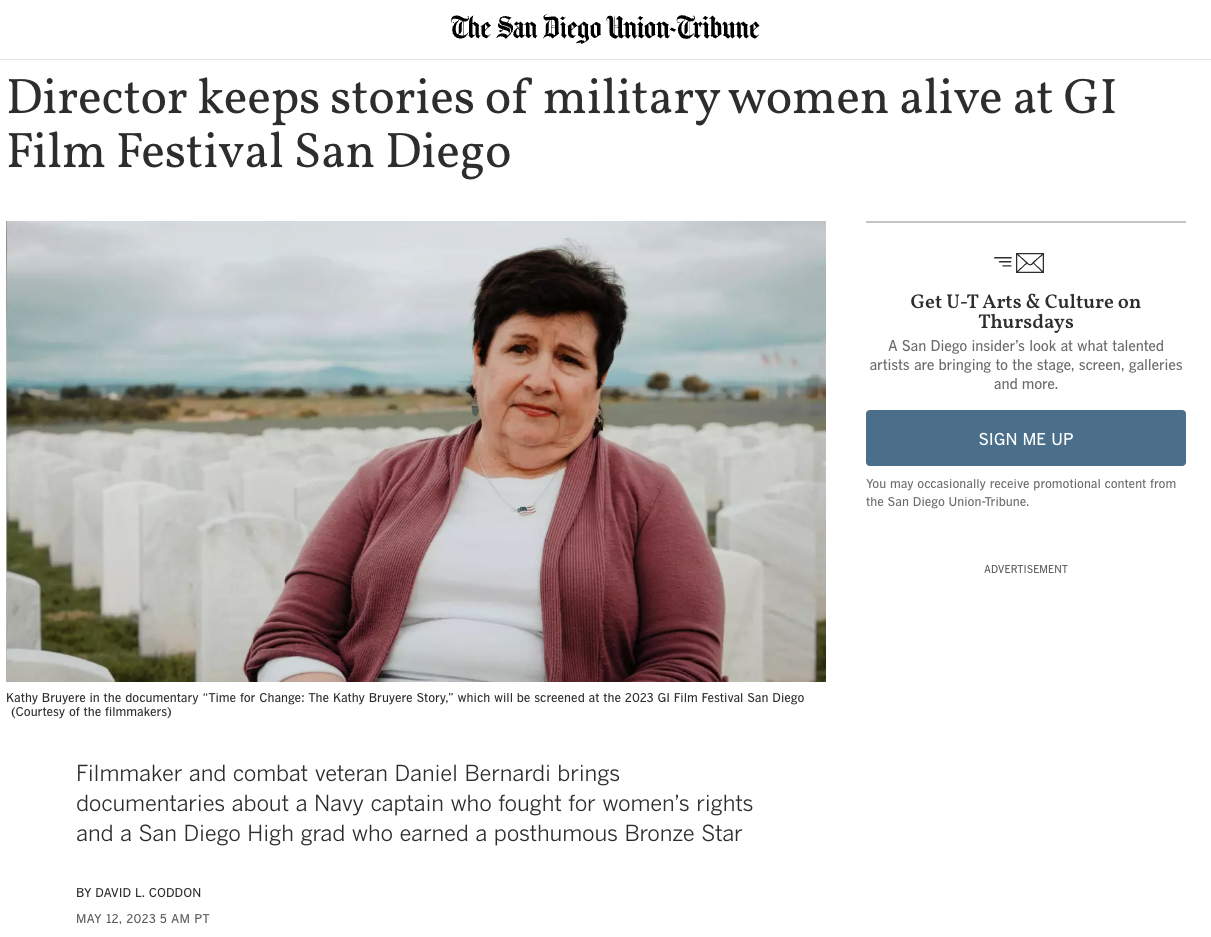It can be hard to decide what counts as press coverage and what doesn’t. We’ll set the record straight.
Defining press coverage used to be simple. In a pre-internet world, it was pretty obvious what counted as a media placement and what didn’t. If your brand was mentioned in the news–which used to be limited to newspapers, magazines, radio shows, and television broadcasts—you could claim it as successful press coverage.
That’s not to say a mention in the news isn’t defined as press coverage today. It’s just that, the media landscape is much more complicated. There are still traditional journalists writing for long-standing outlets. For each of them, though, there are countless bloggers writing for websites with anywhere from 17 readers to 52 million.
An appearance on the local news is still a strong media placement. Would you say the same about a feature on somebody’s YouTube page or an appearance on an influencer’s Instagram Live? You can still consider an interview or story on terrestrial radio as press coverage, but what about a podcast?
It can be hard to confidently describe press coverage today. Press coverage is a foundational piece of earned media. Earned media is any content relating to a brand published by a third party without any payment to the publishing party. So, with that in mind, press coverage can be more easily identified.
How to Define Press Coverage
If press coverage is a core pillar of earned media, and earned media is any content about a brand that isn’t paid for, then we can define press coverage as:
Press coverage is a piece of content that mentions your brand, either directly or indirectly, published by an outlet that is generally considered to be a credible source of news and information.
The platform on which content is published is irrelevant when deciding if something is press coverage or not. That means a video interview published exclusively on Vanity Fair’s YouTube page is considered press coverage as much as an article printed in their magazine is. That said, there are different types of press coverage to consider.
Press Coverage in Action: Examples of Successful Media Placements
Because of the increasingly broad definition of what is and isn’t “media,” the best way to define press coverage is to show examples of successful media placements. We will go over the traditional types of coverage–like TV appearances and magazine articles. Then we will dive into more new-age examples, like podcast interviews and social media features.
Consider this: press coverage can help you get in front of your target audience, without requiring you to tune into the 5 p.m. news. Keep in mind that you want to go where your audience is, and understand how they consume information.
Traditional media outlets understand this too, because while they may produce a story for the 5 p.m. TV news, they also produce a web story with video and text, they share it on social media, and it may also be rebroadcast on a podcast they produce or their digital TV sub-channels. One news team may operate multiple platforms and can place the story on each. So a single piece of coverage can become a print, broadcast, or digital media placement.
Print Media
Print media refers to publishers who rely primarily on the written word as their source of content. Before the internet, newspapers, magazines, and other types of periodicals were typically the only types of print media.
Here’s an example of print media coverage for the 2023 GI Film Festival San Diego in The San Diego Union-Tribune.
Today, many print media placements double as digital media placements too. A lot of community and local newspapers, for example, might post an article online before it runs in print. That’s why print media placements are still so important—you typically get double the coverage for a successful placement. If your brand or a person associated with your brand is featured in an article, whether they’re the focus or simply mentioned, that is eventually printed in a physical publication, you can consider it print media press coverage.
Broadcast Media
Broadcast media has evolved significantly, especially in the last 30 years. At first, broadcast media basically just meant radio, but then along came T.V., then podcasts, and then digital streaming. Today, broadcast media means any audio or visual content distributed over any kind of mass communications network. Well, to an extent. A video on TikTok meets the criteria for broadcast media, but TikTok isn’t considered a platform for broadcast media (more on that later).
When Mama’s Kitchen announced its new CEO, Eva Matthews, we quickly secured several broadcast media appearances for her. This one with KUSI’s Good Morning San Diego is a great example of a broadcast media placement.
Broadcast media coverage can come from an interview on local radio, a segment on the local news, or a feature on a national talk show. However, there is a bit of a gray area when it comes to broadcast media in the modern age. For example, a lot of professionally produced talk shows and news programs aren’t found on traditional broadcast channels. Instead, digital platforms like YouTube or SiriusXM host these shows.
Does placing your brand on a YouTube show count as broadcast press coverage? So long as a.) you didn’t pay for the placement and b.) the content is journalistic or generally informative, then yes, you can consider that a piece of broadcast press coverage.
Digital Media
With the birth of the internet came an explosion of digital-only content, fueled by social media platforms and content hosting sites like Instagram, Facebook, YouTube, and, most recently, TikTok. This is where the biggest gray area in defining press coverage lies. A brand shoutout on TikTok from JoJo Siwa doesn’t exactly count as press coverage, because that is more influencer relations which typically falls on your social media team. However, let’s say San Diego Magazine produces a reel focused on your restaurant for Restaurant Week. That is a piece of digital media coverage that you can count as a media placement.
Social media tends to blur the lines between influencer relations and media relations. There are, however, other examples of digital media that are much more cut and dry. An appearance on a podcast or a mention on a popular blog both constitute forms of digital media coverage. You could even consider an interview on a YouTube show, like we mentioned above, as a digital media win.
Spotlight on the Community interviewed San Diego Humane Society President and CEO Dr. Gary Weitzman last February about the Lost2Found program. This is a perfect example of a digital media PR placement.
With the amount of media opportunities available to you, we understand why it can be hard to decide what to count as press coverage or how to even explain it to people. While we hope this blog gives you the clarity you need, we’re also here to help whenever you need help defining press coverage–or getting press coverage. If you need a new media relations partner, give us a shout.

